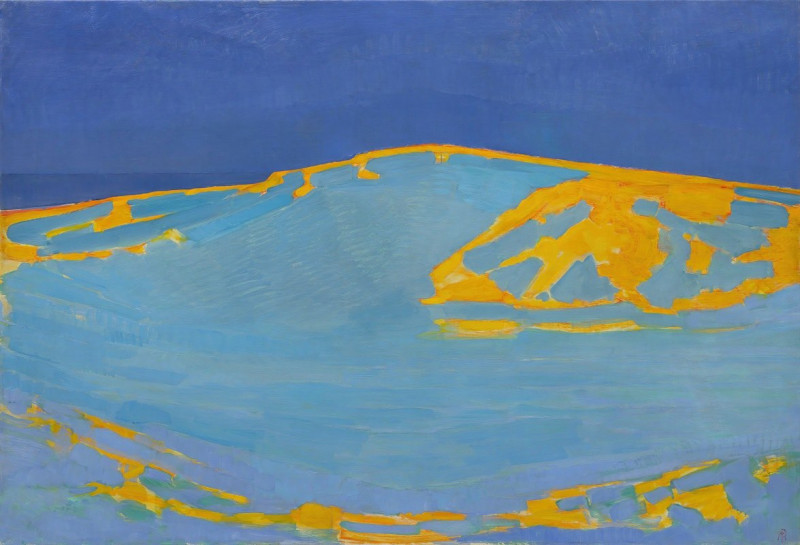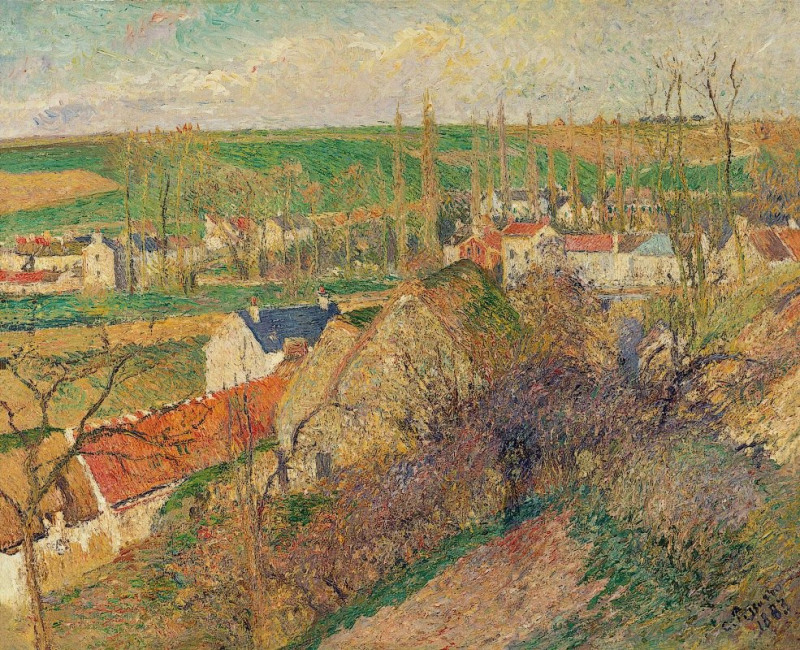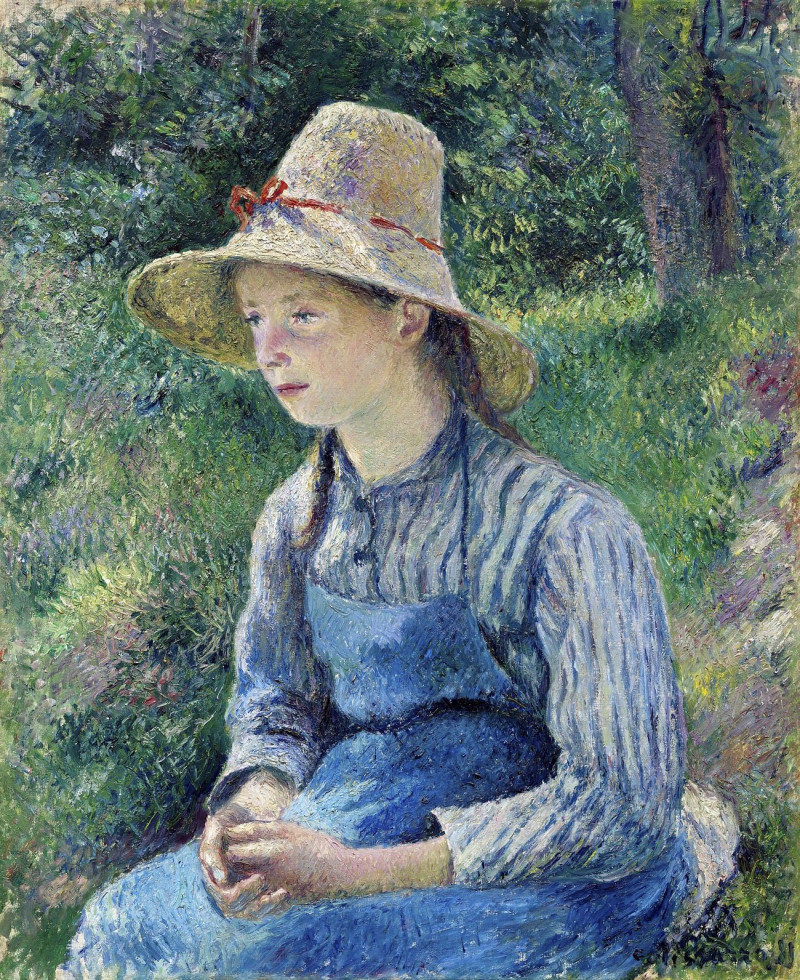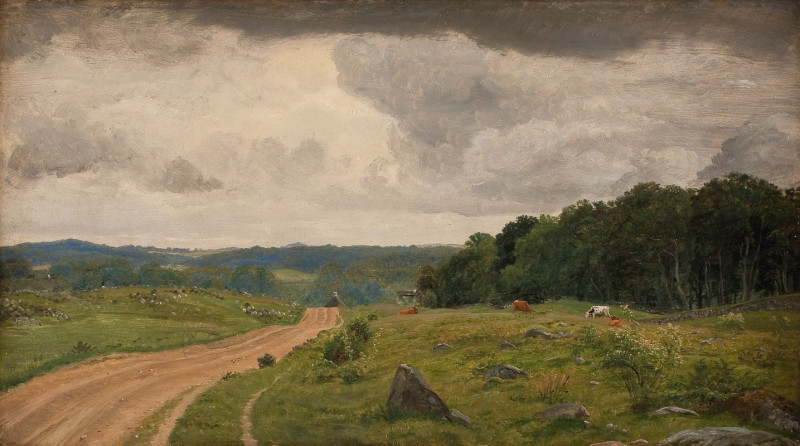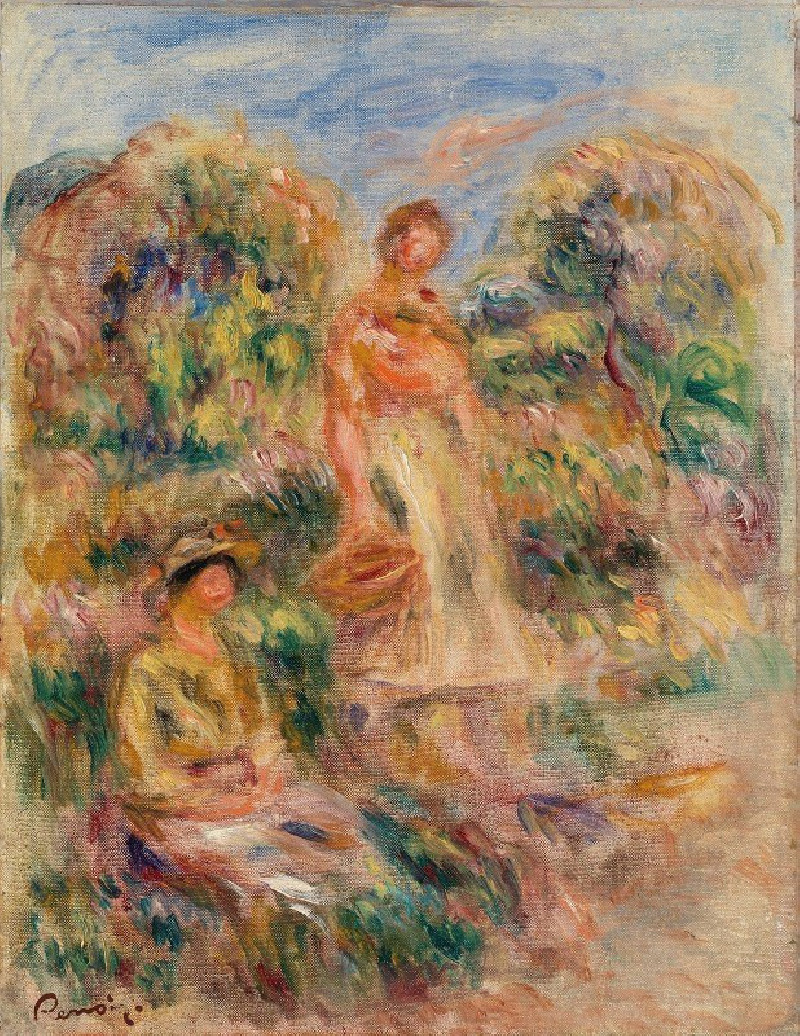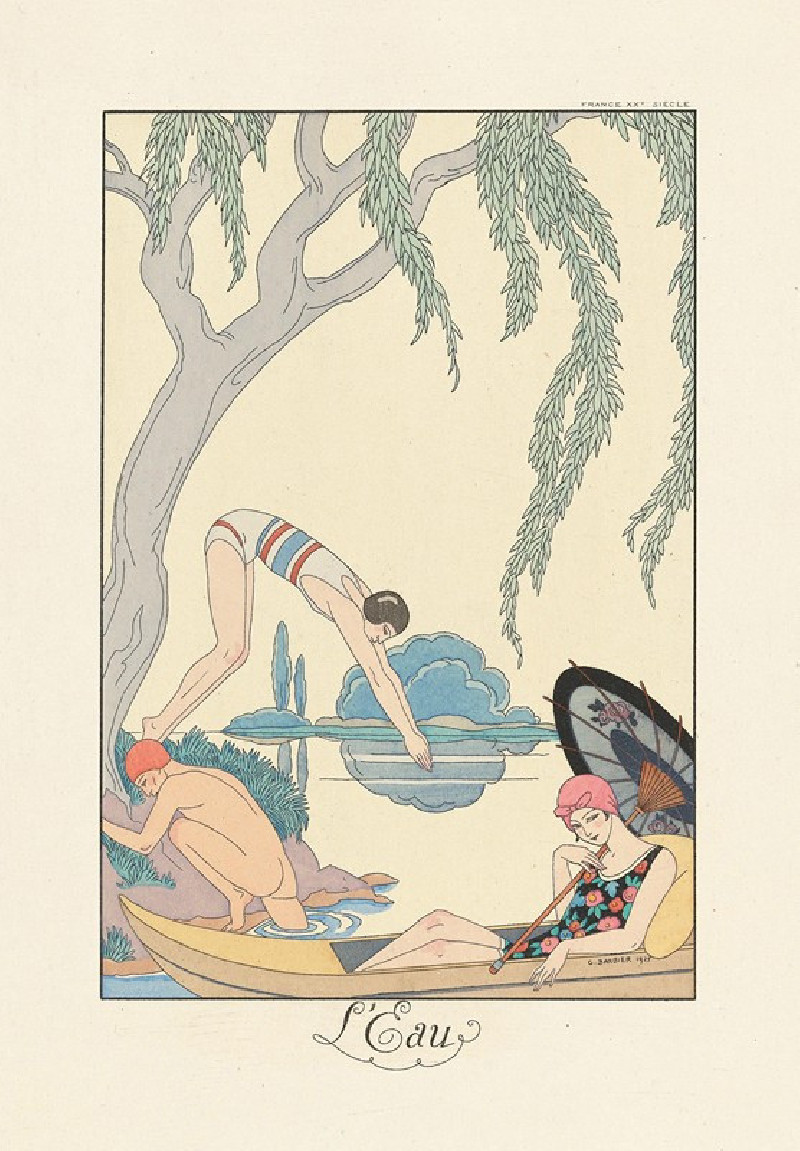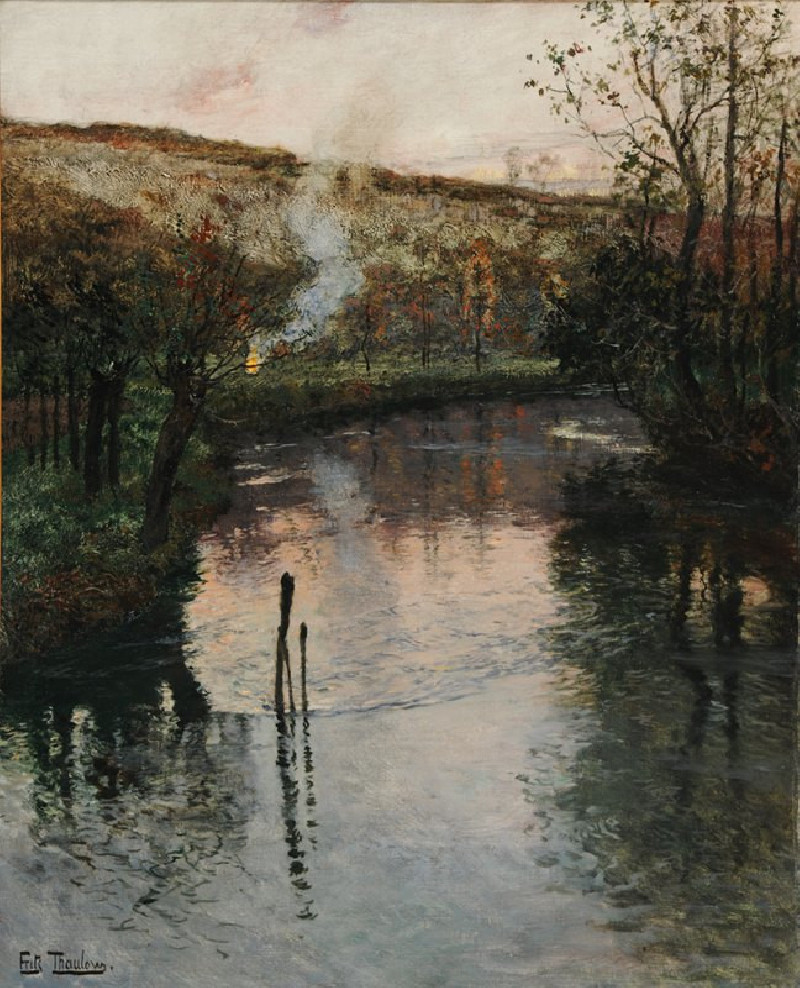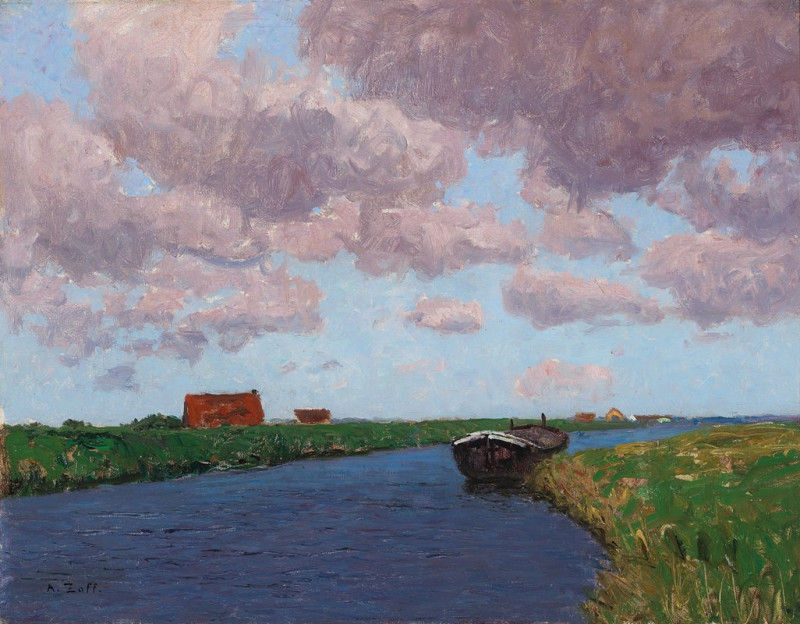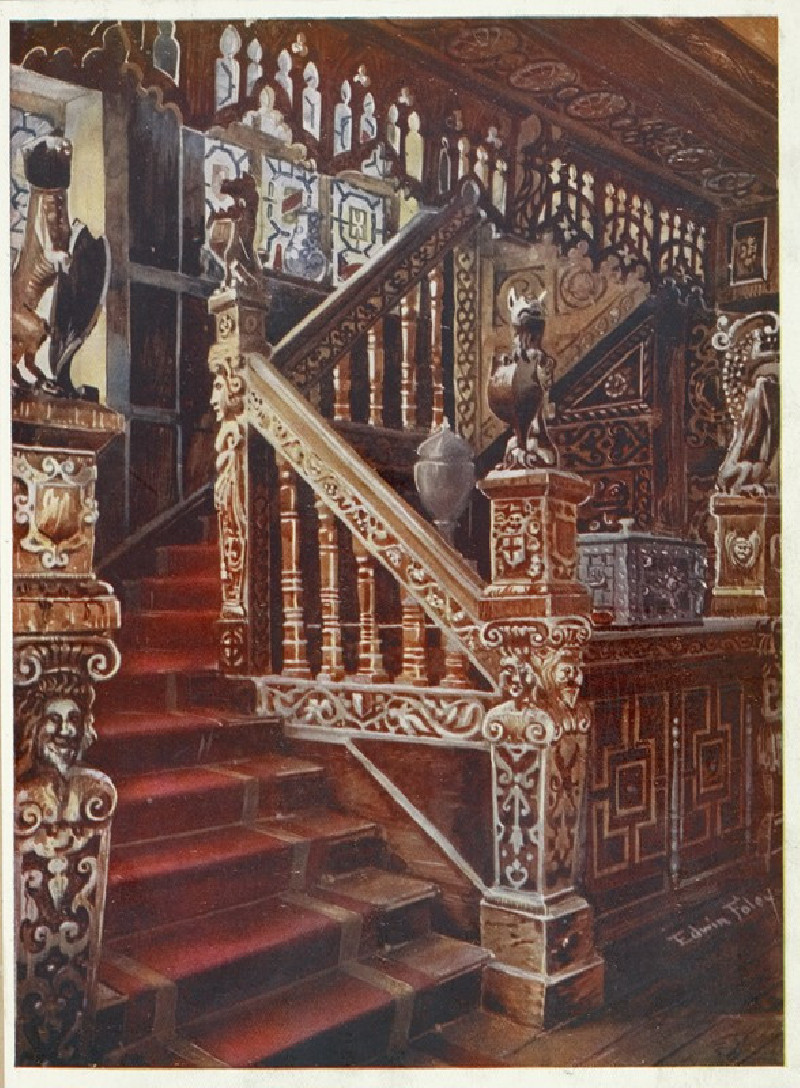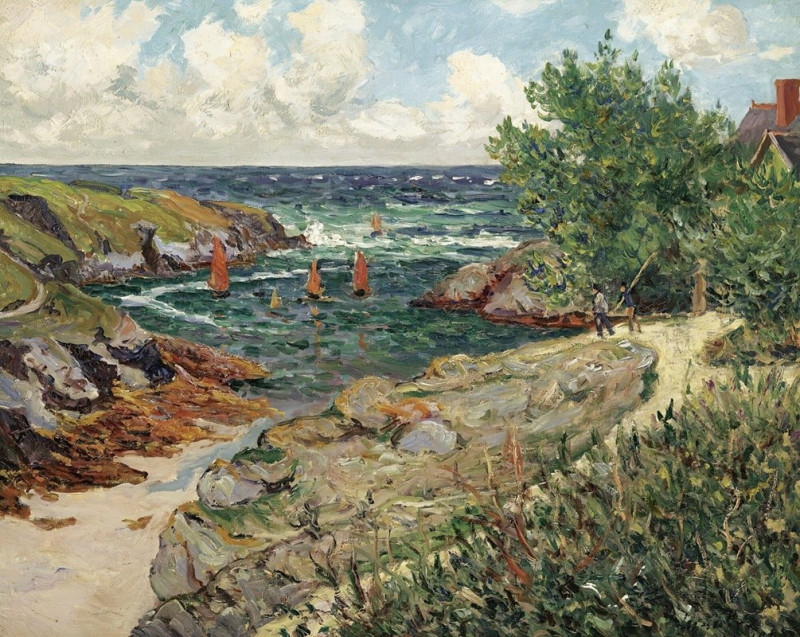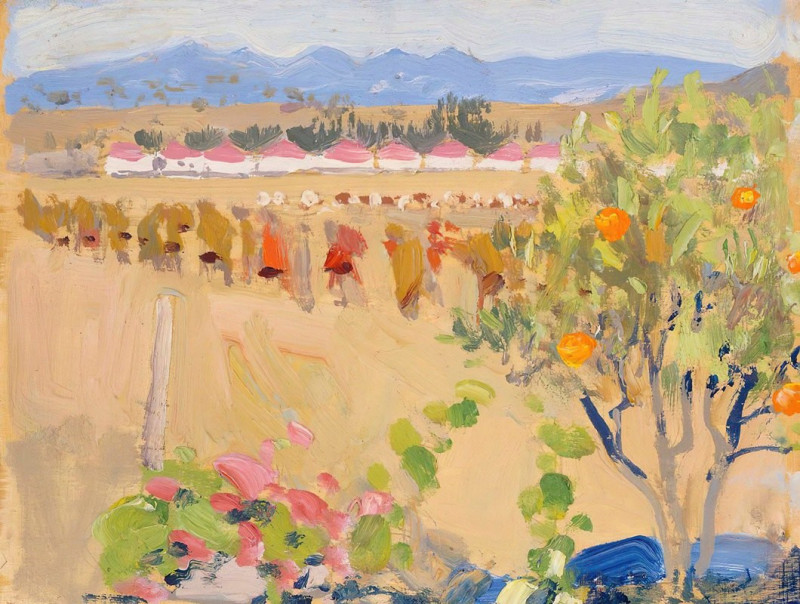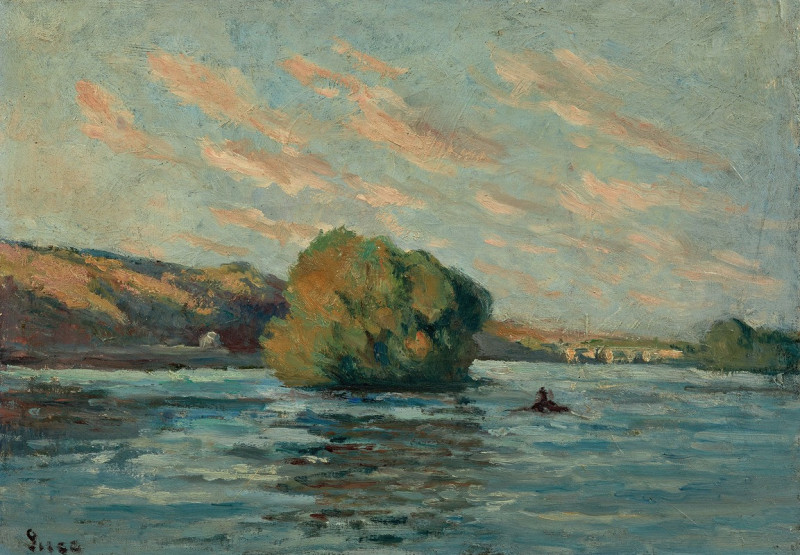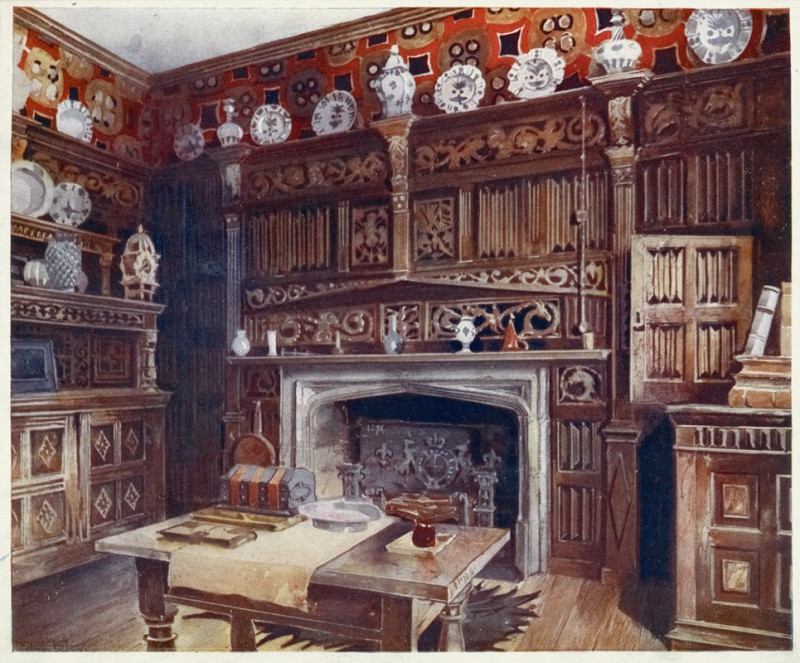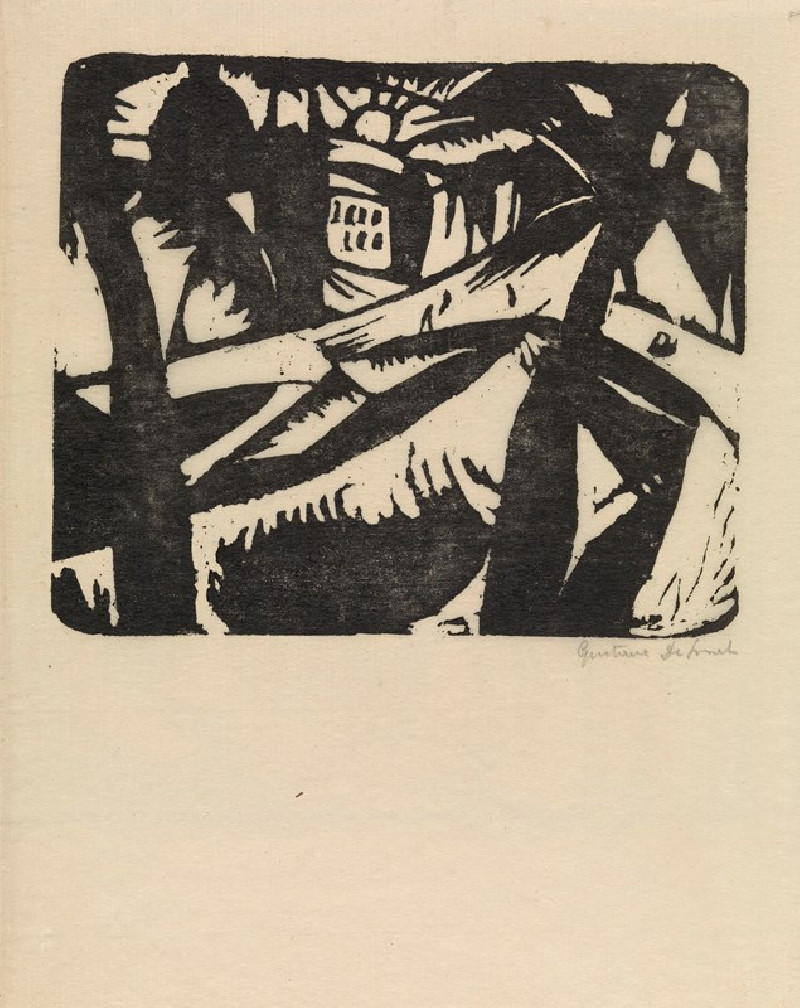Stricken City (1936)
Technique: Giclée quality print
Recommended by our customers
More about this artwork
"Stricken City" by Paul Klee, painted in 1936, is a mesmerizing composition that uses a combination of abstract forms and subtle color shifts to evoke the complexities of an urban landscape undergoing turmoil. This painting, which showcases Klee's signature use of symbolic coloration and innovative design, acts as an exploration into the effects of distress and disorientation that can be inflicted upon a city and its inhabitants.In "Stricken City," Klee employs a fragmented style, breaking the canvas into various geometric and organic shapes to compose a distorted cityscape. The dominant use of muted blues, grays, and earthy tones underscores a sense of melancholy and desolation. Notably, Klee adds touches of pink and red, possibly indicating the lingering vitality of the city or the chaos of the urban condition. Throughout, textured patterns give the artwork a tangible feel, suggesting the layered, intricate nature of city life and decay.This piece might be interpreted as a reflection on the socio-political tensions in Europe at the time, particularly the growing unrest leading up to World War II, considering Klee's own experiences with political oppression. "Stricken City" invites viewers to delve into the complex interplay of order and chaos, resilience amid destruction, represented through a profound visual language unique to Klee’s art.
Delivery
Returns
Paul Klee was a Swiss-born German artist. His highly individual style was influenced by movements in art that included expressionism, cubism, and surrealism. Klee was a natural draftsman who experimented with and eventually deeply explored color theory, writing about it extensively; his lectures Writings on Form and Design Theory (Schriften zur Form und Gestaltungslehre), published in English as the Paul Klee Notebooks, are held to be as important for modern art as Leonardo da Vinci's A Treatise on Painting for the Renaissance.
































